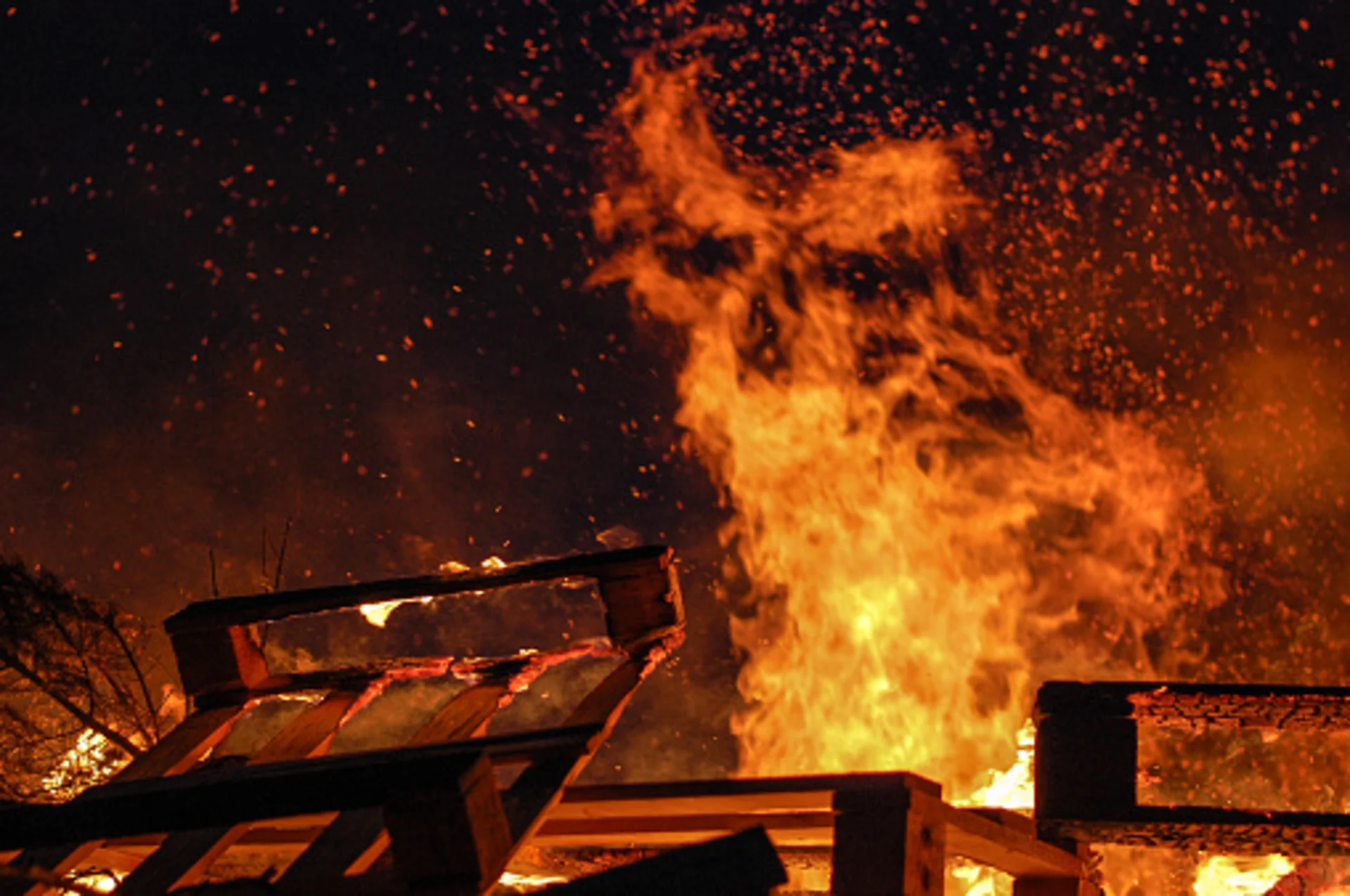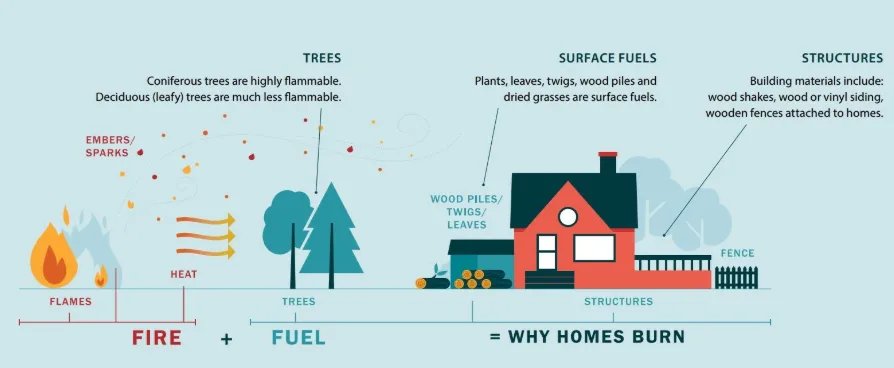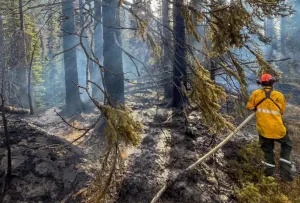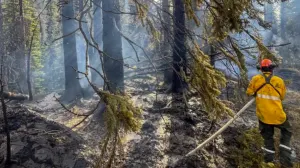
Your yard could be your last defence against wildfires
Some trees are highly more flammable than others. Here’s what to keep in mind before you start planting.
There is no question that summer wildfires are top of mind for many people across parts of British Columbia.
In 2024, the wildfire season kicked off sooner than normal. Initially, there were lingering or "zombie" fires burning in early February, followed by the issuance of the first evacuation alerts on April 21.
CANADA'S WILDFIRES: Visit The Weather Network's wildfire hub to keep up with the latest on the active start to wildfire season across Canada
Officials expect another long and intense wildfire season this year, with Canada as a whole entering this spring with a worse and more widespread drought than we saw ahead of the historic 2023 wildfire season.
Getting ready for the upcoming wildfire season requires proactive measures to safeguard your loved ones, belongings, and surroundings from the threat of wildfires. According to experts, a pivotal starting point in this preparedness journey lies right in your own yard.
FireSmart B.C. says planting the right trees can be your last defence between your home and a wildfire.
“Over time, FireSmart principles have shown that they are effective at reducing the risk related to losses in the most extreme wildfire conditions,” says the government agency. “With a few simple steps, you can contribute to increasing your property, neighbourhood and community resiliency to wildfire.”

Courtesy: FireSmart
Characteristics of an effective plant include moist leaves, minimal accumulation of dead vegetation, and low amounts of sap. Trees that fit that criteria include birch, poplar, aspen, maple, alder, ash, and cherry.
RELATED: Safeguard your home, community against wildfires before it's too late
On the other end of the spectrum, there are trees you should stay away from. Some trees are extremely more flammable than others, and most of them are, unfortunately, extremely popular. These trees include pine, cedar, tall grass, and spruce.
But it is not only about what you plant, but how you plant that will make the difference. According to FireSmart, you should try to plant trees three metres apart so that the fire cannot spread easily from treetop to treetop. Additionally, you should make sure that you are pruning all tree branches and also remove any fallen or dead leaves or other debris in your yard that could potentially fuel a fire.
Your grass also plays a role. A mowed lawn is a fire-resistant lawn, and so you should try to keep your grass shorter than 10 cm.
Lastly, make sure you have tools on hand and are ready to go. Having a hose, rake, spade, sprinkler, and ladder available not only helps your garden look great but could also help you fight a fire. They are useful tools to help suppress approaching wildfires.
Be sure to watch the video that leads this article for more helpful information.
Thumbnail image courtesy: Getty Images/stock photo.










